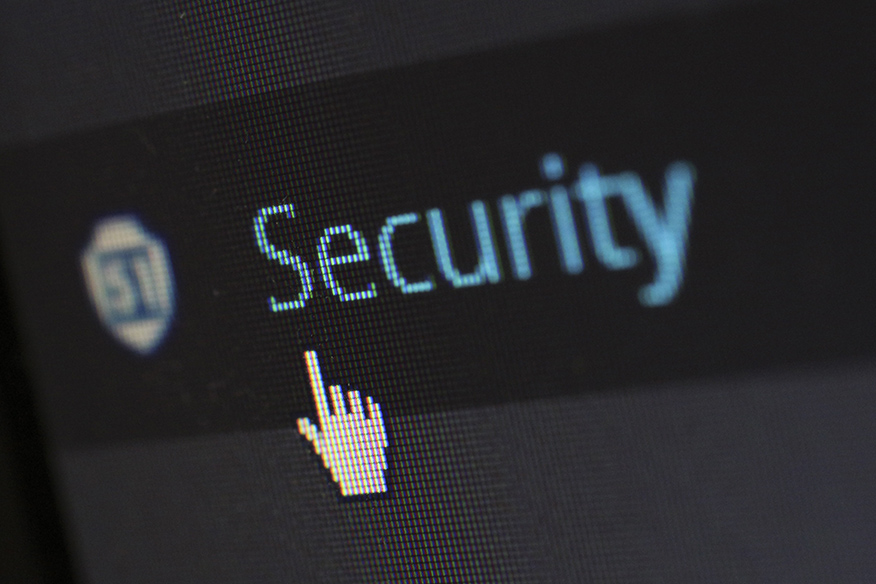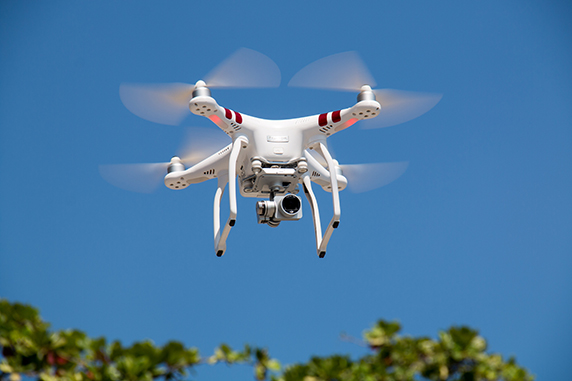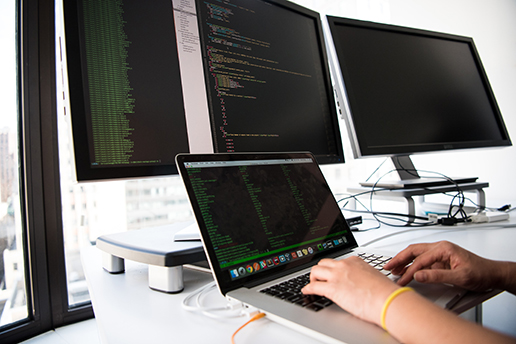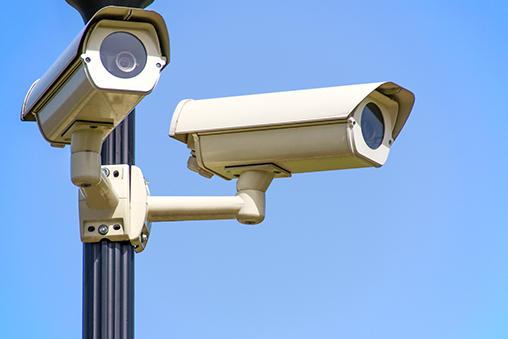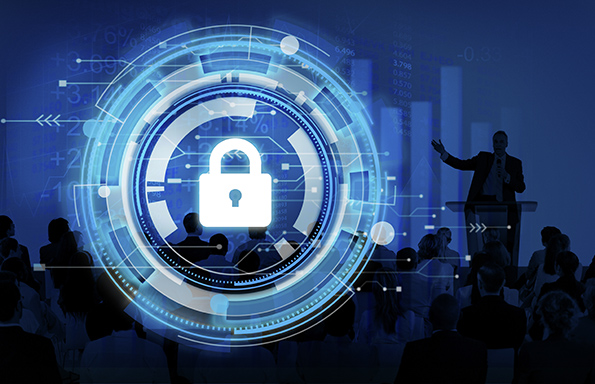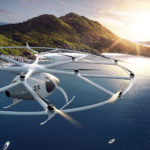Digital is the only way forward, Saily Lad, Director of Volksara Pvt Ltd and Krystal Group of Companies outlines, how the inclusion of AI hs changed the security scenario in India.
Across the globe, the digital revolution is undeniable. Especially given the current pandemic, a lot of business models that weren’t already on the digital bandwagon, have adopted technology as the means to reach out to audiences. In fact, keeping in mind customer preferences, and workplace behaviors, coupled with government regulations, digital is the only way forward. As a result, what we are seeing today is a healthy blend of traditional, along with digital, for a complete immersive buying experience. Even among manufacturing units, digital technologies are being employed in a big way to bring in automation in the production process, as well as digitizing supply chains, and moving sales to eCommerce portals.
This digital revolution has paved the way for one of the most significant breakthroughs in technology this century: Artificial Intelligence.Best described as the simulation of human intelligence processes by machines, especially computer systems, today an increasing number of organizations are familiarising themselves with the concept. They are also actively adopting the technology, as a part of their digital transitions, as they can no longer ignore its potential benefits and impact on business. While artificial intelligence has inseminated its way across sectors, one industry, in particular, that will witness a large scale disruption is security solutions experts have predicted that security solutions have the potential to be the biggest use-case of artificial intelligence. Facial recognition and chip architectures are just some of the ways in which artificial intelligence has impacted the security sector, and enhanced safety of a cross-section of society in their homes, businesses, and out in public. What artificial intelligence has also done is addressed the limitations that were faced by traditional security systems, and taken it beyond simply installing CCTV cameras.
In the time of Pandemic
Security, in today’s context, is not just limited to surveillance, but extends to include safety, and protecting citizens from the ill effects of a pandemic. With COVID-19 spreading mass panic and considering the lockdown, we have used GIS and cloud-based analytics, along with incident management tools to create effective mobile applications, which can reach a large section of the population in a short time. The Pimpri Chinchwad Corporation COVID-19 Pandemic War Room, for example, deploys AI and technology to create products that can disseminate critical information to the public, through the app, besides real-time monitoring of the city, from the war room. Location-based services and analytical tools are also being deployed to reach out to quarantined patients, as well as those who are suspected to be infected.
AI equipped drones for Security Systems
We are already seeing how AI has transformed security systems across the world, with many countries having already added drones, as a part of their surveillance systems. Notwithstanding the debate on drones, privacy, and ethics, it is likely that in the near future, smart drones will be developed that can detect on-going crimes or even those in the making, and alert the necessary authorities. This potential is huge and will be a major component of all security systems at major industrial facilities, townships, airports, seaports, and other crossways.
Data monitoring
As a result of sophisticated artificial intelligence systems, the security sector has greatly benefited from the emergence of real-time data monitoring, along with intelligent analysis, which serves as a solution to curb thefts at all levels. It is no doubt more accurate and reliable than the human eye and thereby ensures that no information or data goes amiss. Artificial intelligence has also introduced regulatory and precautionary tools into the mix, which to a large extent lessen human bias in a function.
AI Camera’s for monitoring public gatherings
The success of these systems can also be gauged by their applications in monitoring large scale events. The Khumb Mela which took place in Nashik in 2015, was covered by 103 Panoramic cameras, 152 fixed box cameras, 75 PTZ cameras, and 18 ANPR cameras. These were monitored through data centers, video management systems, and other analytical means, to ensure the Mela went off smoothly and avoided disasters, both natural as well as manmade.
Curbing Cybercrime with AI
Not just physical security systems, but cybersecurity too stands to gain a lot from artificial intelligence. With cybercrimes becoming an increasing cause for concern, ensuring user’s safety now lies with machine learning and artificial intelligence. Over the last few years, there has been an added emphasis on the same by cybersecurity products and software, to deploy their ability to reduce the time taken to detect threats, abnormalities, and thwart attacks. It has also increased the efficiency of data workers, to create a more productive and pro-active security environment.
What future has to say about AI ?
Going forward, it is safe to say that we can expect a time where artificial intelligence systems will become smart enough to understand the difference between even a harmless system error and a malicious attack, and take appropriate action. With the Internet of Things, along with smart houses, it is hard to imagine a function taking place without the use of sensory data. To support this, we will need a platform that is capable of consuming data and protect it too. With this in mind, several cybersecurity platforms have begun to offer automated patch management systems. These involve testing, acquiring, and installing security software to an administered computer system. What this does is enable the home system to be able to detect, improve, and fix computer security, or upgrade their programs.
All said and done, artificial intelligence cannot function alone. Across the cybersecurity world, human-powered operations typically operate based on rules which are conceptualized by experts and therefore miss attacks that are not defined by or match the rules. On the other hand, machine learning relies on anomaly detection and often triggers false positives, which have to be examined by humans.
Cybersecurity analysts and government organizations are digging into the domain of man-made brainpower to analyze and battle cyber-attacks undeniably more viably than in the past. However, we still have far to go in growing the information security frameworks. AI, with a touch of human supervision, most likely is the fate of digital security.

